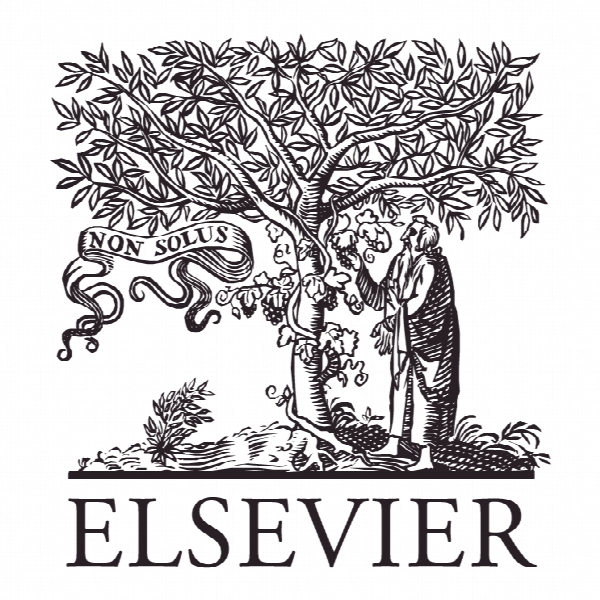استراتژی کنترل سیستم تبدیل انرژی باد مبتنی بر PMSG تحت شرایط باد شدید Control strategy of PMSG based wind energy conversion system under strong wind conditions
- نوع فایل : کتاب
- زبان : انگلیسی
- ناشر : Elsevier
- چاپ و سال / کشور: 2018
توضیحات
رشته های مرتبط مهندسی مکانیک و مهندسی انرژی
گرایش های مرتبط تبدیل انرژی، انرژی های تجدیدپذیر و سیستم های انرژی
مجله انرژی برای توسعه پایدار – Energy for Sustainable Development
دانشگاه University of the Ryukyus – 1 Senbaru
شناسه دیجیتال – doi https://doi.org/10.1016/j.esd.2018.07.001
منتشر شده در نشریه الزویر
کلمات کلیدی انگلیسی WECS, PMSG, Pitch angle control, Strong wind conditions
گرایش های مرتبط تبدیل انرژی، انرژی های تجدیدپذیر و سیستم های انرژی
مجله انرژی برای توسعه پایدار – Energy for Sustainable Development
دانشگاه University of the Ryukyus – 1 Senbaru
شناسه دیجیتال – doi https://doi.org/10.1016/j.esd.2018.07.001
منتشر شده در نشریه الزویر
کلمات کلیدی انگلیسی WECS, PMSG, Pitch angle control, Strong wind conditions
Description
Introduction Consumption of fossil fuels for generating electric power causes environmental pollutions and possible global warming (Cader, Bertheau, Blechinger, Huyskens, & Breyer, 2016). Alternatively, electric power generation by the nuclear power plants is risky due to the unreliable behavior of the plant and the possible challenges of nuclear waste dumping. Therefore, electric power generation using renewable energies are gaining huge momentum around the world (Kobayakawa & Kandpal, 2016; Oliver, Lew, Redlinger, & Prijyanonda, 2001). Common sources of renewable energies are wind power (Cooney, Byrne, Lyons, & O’Rourke, 2017), solar energy (dos Santos, Canha, & Bernardon, 2018), hydropower (Domenech, Ferrer-Martí, Lillo, Pastor, & Chiroque, 2014), bio-fuel (Shamsul, Kamarudin, & Rahman, 2017) and so on. Among them, WECS has the largest market share and is expected to maintain rapid growth in the coming years (Huang, Li, & Jin, 2015). Usually, WECS uses two types of wind turbines: Variable-Speed Wind Turbine (VSWT) (Chen & Song, 2016) and Fixed Speed Wind Turbine (FSWT) (Rodríguez-Amenedo, Arnaltes, & Rodríguez, 2008). The VSWTs have many advantages such as Maximum Power Point Tracking (MPPT) during operation, better performance and control of the power output (Ajami, Alizadeh, & Elmi, 2016; Wei, Zhang, Qiao, & Qu, 2015). In recent years, the use of VSWTs with the PMSGs have been increased because of their higher efficiency, simpler structure and easy maintenance compared to the other generators (Yao, Liu, Zhou, Hu, & Chen, 2017). Generally, the AC-DC-AC power conversion system is utilized as the basic topology for the PMSG based WECS (Wei, Zhang, Qiao, & Qu, 2016). This kind of topology does not require synchronizing the rotational speed with the grid frequency. Also, the gearbox can be omitted for the directly driven operation of the PMSG (Yoon, He, & Hecke, 2015). Therefore, a PMSG based WECS with AC-DC-AC conversion circuit is a subject of research in this paper, specially its operation in the strong wind conditions. Mechanical stress due to strong wind conditions is one of the operational challenges for WECS. Japan is a typhoon prone country, more specifically Okinawa prefecture of Japan faces one average 11 typhoons every year. When the wind speed exceeds 25 m/s, most wind turbines stop the power generation and are shut down (Aho et al., 2012; Giallanza, Porretto, Cannizzaro, & Marannano, 2017). It reduces energy utilization efficiency of the WECS. In addition, shutting down of the large wind turbine or wind farm causes severe frequency fluctuations which may lead to the power system instability and a cascaded failure. In Yuan and Tang (2017), an adaptive control strategy is proposed for reducing extreme loads and fatigues of the wind turbine when operated under high wind speeds. However, as the wind turbine is operated at the rated speed in the high wind conditions, it could be a matter of safety concern. As the cause of main mechanical stress is centrifugal force rather than the wind pressure, unexpected rise in the rotational speed warrants a serious caution. An Artificial Neural Network (ANN) based pitch angle control is developed in Dahbi, Nait-Said, and Nait-Said (2016). It can operate in the wide range of wind speed, however; mechanical stress at the high wind speeds is not considered in the development of the pitch angle controller.


